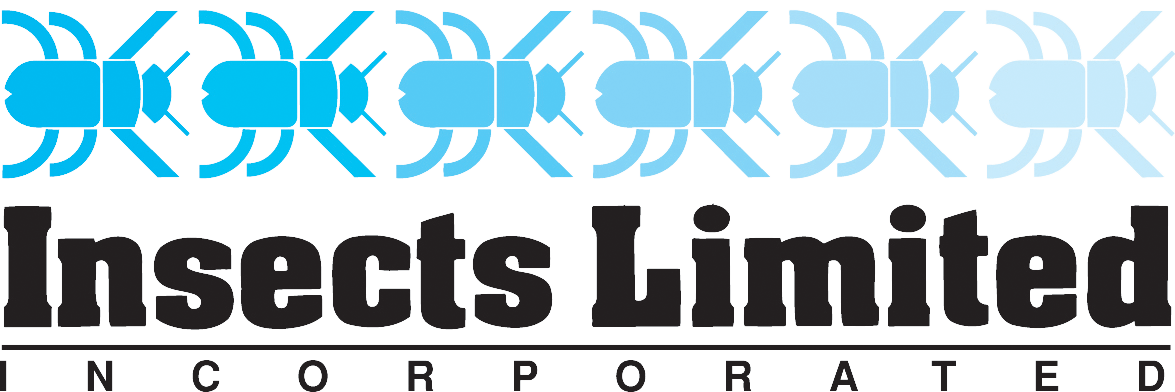5 Things to Know About the Hide Beetle
This month, we're spotlighting the Hide Beetle (Dermestes maculatus)—a dermestid species known both as a beneficial decomposer and a challenging pest. Commonly found in natural settings and museum collections, this beetle’s biology makes it important to understand and manage.
1. The Hide Beetle Life Cycle Is Fast and Productive
The hide beetle goes through complete metamorphosis: egg, larva, pupa, and adult. In just 44–70 days, a single hide beetle can develop from egg to adult depending on temperature and food availability.
Females lay 200–850 eggs in their lifetime
Adults live about 60–90 days
Larvae molt multiple times before pupating
Knowing the timing of these life stages is critical for successful pest control or colony management in beneficial use settings.
2. Hide Beetles Feed on Animal-Based Materials
Hide beetles are scavengers, feeding on protein-rich, dried organic matter such as:
Skin, feathers, fur, and wool
Bones and preserved specimens
Dried meat, pet food, and animal hides
This makes them important recyclers in nature—but also serious pests in museums, taxidermy collections, and food production facilities.
3. Hide Beetles Are Beneficial in Some Industries
While hide beetles are considered pests in many indoor environments, they also have beneficial uses:
In forensic science, their predictable development timeline helps estimate time of death
In natural history museums, they are used to clean skeletons by feeding on remaining tissue without damaging bones
Understanding both sides of their behavior helps balance risk and reward when managing populations.
4. Hide Beetle Identification Is Key to Early Detection
Correct identification helps with early intervention:
Adults: ~13 mm long, dark with whitish markings on the on the sides of the pronotum when viewed from above, and when viewed from below, they have white, scaly undersides
Larvae: ~13–19 mm long, brown with hair and distinctive bristles at the rear
Signs of infestation: shed larval skins, frass, and visible damage to organic materials
Use these characteristics to monitor and assess the extent of infestation in sensitive environments.
5. Monitoring and Traps Are Essential to Hide Beetle Management
For effective hide beetle control, an Integrated Pest Management (IPM) approach is best:
Inspect regularly for activity in high-risk areas
Use traps like the All Beetle Hide Beetle Kit (IL-2000) to monitor infestations
Consider multi-species lures and traps, like:
Protect Your Home and Collections
If you suspect a hide beetle infestation, Insects Limited offers expert monitoring solutions to help safeguard your home, museum, or storage space. Visit our store for pheromone insect monitors, and professional-grade guidance on preventing stored product and textile pest infestations.
Insects Limited, an Insect Pheromone Company
Insects Limited, Inc. researches, tests, develops, manufactures and distributes pheromones and trapping systems for insects in a global marketplace. The highly qualified staff also can assist with consultation, areas of expert witness, training presentations and grant writing.
Insects Limited, Inc. specializes in a unique niche of pest control that provides mainstream products and services to protect stored food, grain, museum collections, tobacco, timber and fiber worldwide. Please take some time to view these products and services in our web store.





